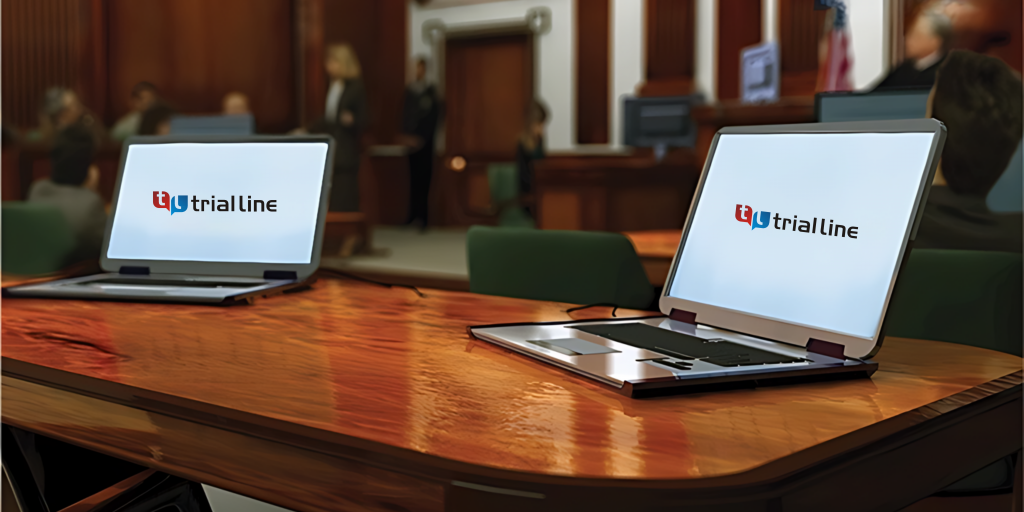Enhancing Your Lawful Strategy With Professional Trial Presentations
In today's lawful landscape, the value of specialist trial presentations can not be overstated. As attorneys navigate the complexities of the court room, the capacity to efficiently communicate complex debates is extremely important. By changing dense legal principles into engaging narratives, specialists can improve juror comprehension and retention. Integrating multimedia devices and storytelling methods can produce a compelling backdrop that not just educates yet likewise resonates mentally with jurors. The inquiry continues to be: what certain methods can lawyers use to raise their presentations and ultimately influence test results?
Significance of Trial Presentations
Test presentations serve as a crucial aspect in the legal process, properly connecting the void between complicated legal debates and juror understanding. The ability to distill detailed legal principles into easily accessible narratives is essential for jurors, who must make educated decisions based on the proof offered. A well-crafted discussion not just clarifies the situation yet also enhances the persuasiveness of the argument, inevitably affecting the court's perception.
In an era where focus spans are restricted, the significance of involving visuals and clear interaction can not be overstated. Trial discussions offer to catch jurors' passion and maintain their focus, permitting for a deeper understanding of the facts and legal concerns available. In addition, they give a structured framework that organizes the instance, helping with logical flow and comprehensibility.

Trick Components of Effective Presentations
An efficient discussion in a court establishing rest on a number of vital components that collectively improve its influence. Foremost among these is quality of message. Lawyers must distill intricate lawful arguments into succinct, conveniently digestible factors to make certain jurors grasp the core problems. Matching this clearness is using an engaging narrative structure. A well-organized presentation, with a clear beginning, center, and end, overviews the target market through the situation, making it much more relatable and unforgettable.
Visual aids play a crucial role as well, as they can substantially strengthen crucial messages. Efficient use exhibits, graphes, and layouts can make clear complex information and emphasize necessary truths. Furthermore, the speaker's delivery design is crucial; positive, appealing communication fosters integrity and preserves jurors' interest.
Finally, comprehending the audience is extremely important. Customizing the discussion to the jurors' backgrounds and values can cultivate a link that improves receptiveness to the argument. In recap, clearness, narrative structure, aesthetic help, shipment design, and audience recognition are important to crafting an efficient courtroom discussion that resonates with jurors and sustains the overarching lawful technique.
Technology in Test Presentations
Modern courts progressively incorporate innovation to improve test presentations, building on the fundamental elements of reliable communication established through clear messaging and engaging narratives. The incorporation of audio-visual aids, such as high-def projectors and interactive displays, allows legal groups to existing proof in an extra compelling way. This technology not just records the jury's focus yet also promotes a better understanding of complicated details.

Digital devices, consisting of presentation software and digital display management systems, improve the company and access of proof (trial presentations). Lawyers can quickly reference documents, pictures, and More Help video clips, making certain that vital details is conveniently accessible throughout the test. In addition, the usage of computer animations and simulations can vividly illustrate essential ideas, making them much easier for jurors to comprehend
In addition, courtroom technology promotes collaboration among attorneys, enabling real-time modifications to discussions based upon court responses or unanticipated growths. The capacity to adjust on the fly is essential in preserving interaction and reinforcing arguments. As technology continues to develop, its function in trial presentations will undoubtedly expand, using cutting-edge ways to communicate effectively and persuasively in the search of justice.
Narration Methods for Effect
Reliable narration strategies are crucial in delivering impactful test presentations, as they change complex legal debates into relatable narratives. A well-crafted tale mesmerizes the audience, making it much easier for jurors to understand and bear in mind bottom lines.
To create an engaging narrative, lawyers must concentrate on establishing a clear framework with a beginning, center, and end. The start should present the situation context and its importance, while the center elaborates on the core problems, weaving forthcoming and witness statements that support the debate. Conclusively, the finishing must reinforce the designated message, driving home the desired end result.
In addition, incorporating emotional components can considerably improve the story's impact. By humanizing the instance, attorneys can stimulate compassion, allowing jurors to link directly with the realities presented. Using vibrant images and stories can also help in highlighting intricate themes, making them a lot more substantial and remarkable.

Tips for Implementation in Court
Implementing storytelling methods in court requires mindful planning and execution to ensure that the narrative reverberates with jurors. Begin by identifying the core message of your situation and Your Domain Name aligning it with the emotional and valid elements that will involve the jury. Produce a clear and engaging narrative arc that consists of an introduction, a development of dispute, and a resolution.
Make use of visual aids to boost storytelling; exhibitions, timelines, and multimedia discussions can aid illustrate intricate concepts and preserve juror passion. you could try this out Exercise your delivery, making sure that body movement, tone, and pacing follow the emotional weight of your story.

Final Thought
In conclusion, expert trial presentations play a vital duty in enhancing lawful approaches by efficiently connecting complicated arguments to jurors. The combination of aesthetic help, clear narratives, and psychological narration fosters juror involvement and comprehension. By leveraging modern technology and adhering to vital components of effective discussions, attorneys can considerably improve the probability of attaining beneficial decisions. The execution of these strategies is necessary for modern trial campaigning for, ultimately forming the end result of lawful proceedings - trial presentations.